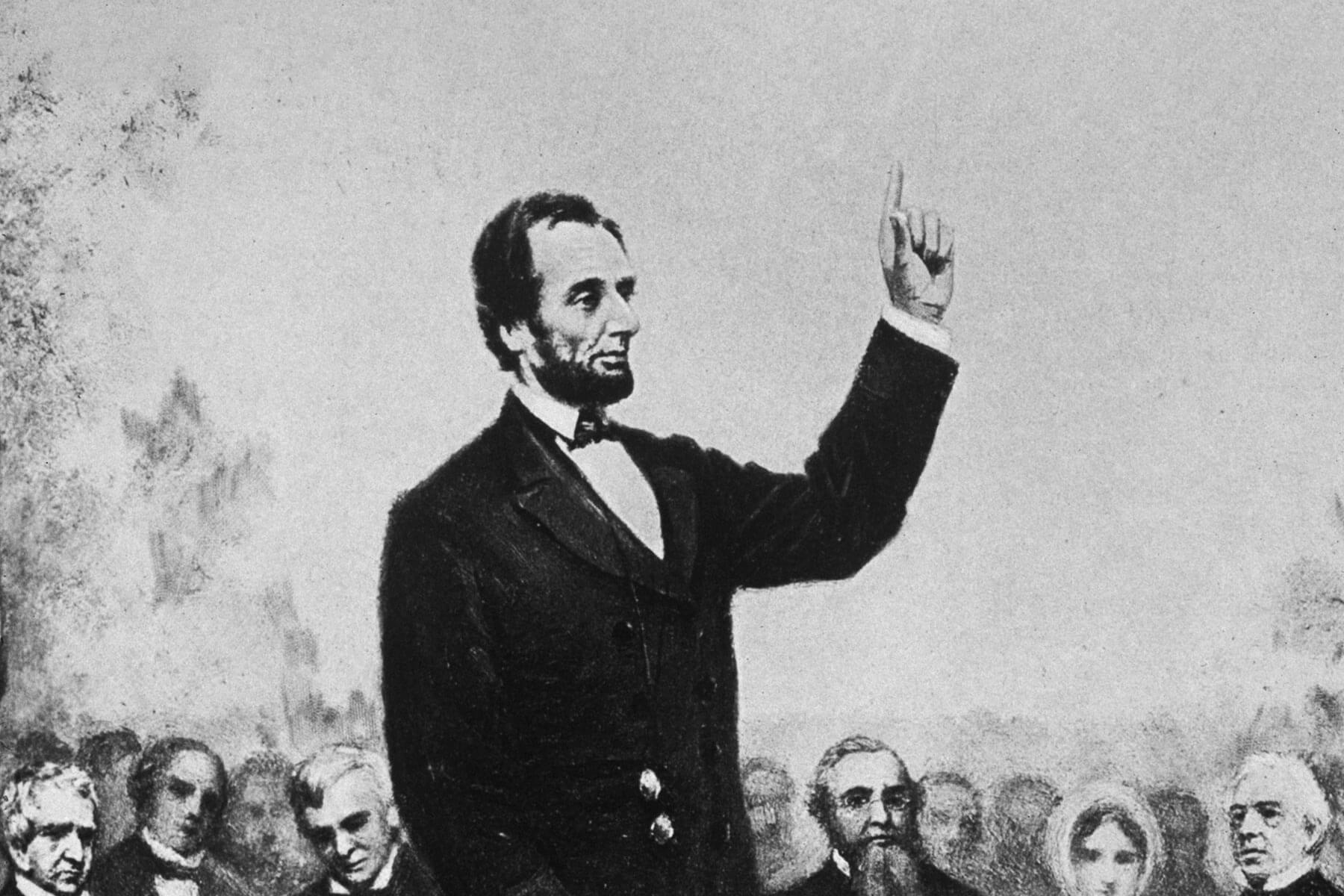While the pyramids of Giza (dating back to 2500 BCE) and Stonehenge (3000 BCE) are likely the most famous ancient monuments, the world's oldest place of worship predates these sites by a whopping 6,500 to 7,000 years. |
| |
| |
|
 |
|
| W hile the pyramids of Giza (dating back to 2500 BCE) and Stonehenge (3000 BCE) are likely the most famous ancient monuments, the world's oldest place of worship predates these sites by a whopping 6,500 to 7,000 years. Dating to around 9600 BCE, Göbekli Tepe is an archaeological tell — a raised mound formed by continuous settlements rebuilt in the same location — in the foothills of southeastern Turkey. It not only reveals evidence of Stone Age human activity, but also has forced a reckoning of some of the widely held beliefs about the origins of civilization. |
|
|
| Since excavation of the site began in 1995, Göbekli Tepe — which translates to "potbelly hill" in Turkish — has yielded enclosures of T-shaped limestone megaliths, along with smaller human statuettes, early Neolithic tools, and remnants of animal bones. Because many of these megaliths are arranged in circular patterns and feature carvings of wild animals, anthropomorphic creatures, and human clothing, it's generally believed these structures served as a gathering site for spiritual ceremonies. And as radiocarbon dating has revealed the Göbekli Tepe ruins to be at least 11,000 years old, from a time when nomadic hunter-gatherers were beginning to transition to permanent settlements, anthropologists have had to reconsider the previously held belief that organized religion only emerged well after agriculture-based communities were firmly in place. |
|
| Archaeologists have determined that Göbekli Tepe housed more of a permanent settlement than originally believed, and that it wasn't the only Neolithic temple complex in the region. But while archaeologists suspect it's not the only place of worship from the era, the site remains an invaluable source of information about people who lived thousands of years before the great pyramids rose to the sky, even if we can only guess at what the stone arrangements and their strange symbols really mean. |
|
 |  |
|
|
 |
|
| |
|
| Area (in acres) of the tell containing Göbekli Tepe | | | 22 |
| | | Approximate percentage of the Göbekli Tepe site that has been excavated | | | 10% |
| | | Approximate percentage of the Göbekli Tepe site that has been excavated | | | 10% |
|
|
|
| Major pyramids at Giza (Khufu, Khafre, and Menkaure) | | | 3 |
| | | Height (in feet) of the largest standing pillars at Göbekli Tepe | | | 18 |
| | | Height (in feet) of the largest standing pillars at Göbekli Tepe | | | 18 |
|
|
|
 |
|
 | | Did you know? |
|
|
Large quantities of beer may have been produced at Göbekli Tepe. |
|
| How would you rope in enough people to undertake the backbreaking work of hacking loose and hauling multiton limestone pillars up a 50-foot hill without the aid of construction vehicles? Perhaps with the promise of a beer-filled feast to celebrate the effort. In a 2012 paper, archaeologists at Göbekli Tepe relayed the discovery of six 160-liter-capacity vessels that contained traces of the chemical oxalate, which typically results from the fermentation of grain into alcohol. Putting aside jokes about how people have known how to party since the dawn of humanity, there's a long-running debate in the archaeology field about whether our ancestors first cultivated grain to make beer or bread. Given that the starting point for alcohol production continues to be pushed further into the past, and that sociologists espouse the bonding powers of shared drinks, it isn't too far-fetched to imagine Göbekli Tepe's inhabitants engaging in this sort of familiar social revelry amid the otherwise inconceivable aspects of life 11,000 years ago. |
|



















0 comments:
Post a Comment